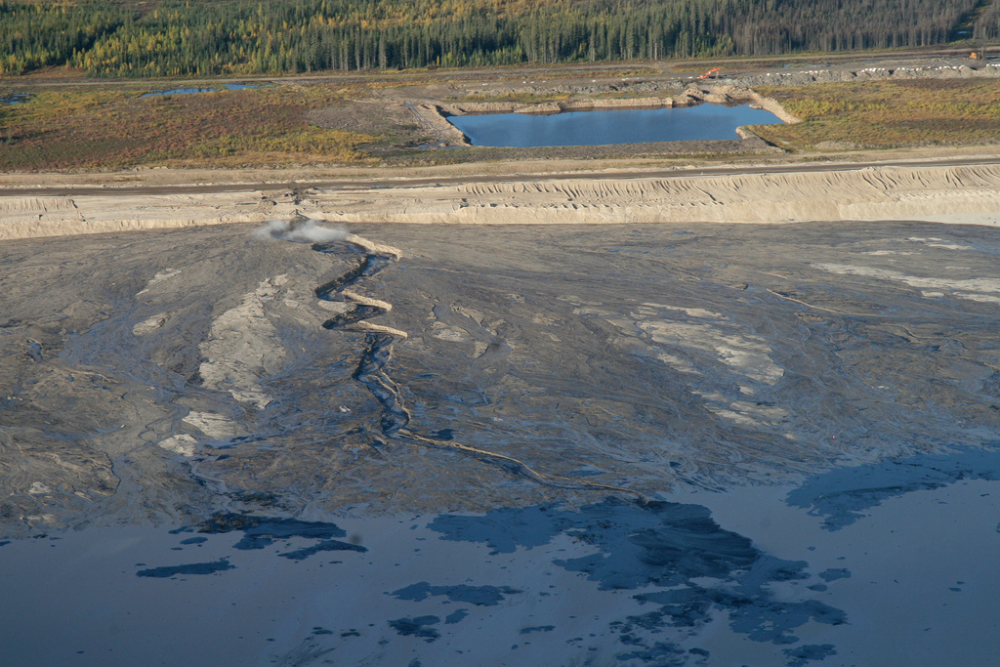CALGARY — Jodi McNeill, policy analyst at the Pembina Institute, made the following statement in response to the Alberta Energy Regulator’s approval of Suncor’s tailings management plan:
“After a half-century of tailings mismanagement, Pembina had high hopes that regulatory requirements would be met, but Suncor's plan has committed Alberta to decades of more uncertainty. Suncor’s plan to manage its fluid tailings — that comprise 25 per cent of industry's total inventory — relies on unproven technologies with 70 year long reclamation timelines.
"Under AER Directive 085 companies were granted a high degree of flexibility to propose innovative tailings solutions. However, by submitting unambitious plans with weak performance metrics, the industry has not held up their end of the bargain.
“It is extremely unfortunate that after 50 years of operations at its Base Plant Mine, Suncor has not proposed methods to treat and reclaim its tailings that are reliable, safe, timely, and effective. With the mine scheduled to close within 15 years, this ongoing uncertainty poses unacceptable risks to public safety, healthy ecosystems, and liability management.
“In addition to lack of ambition in tailings treatment, Suncor’s plan is not clear on how treated fluid tailings will be successfully and safely integrated into the Alberta landscape.
“The Pembina Institute supports the AER’s new and inclusive Enhanced Review Process for Suncor’s plan. Collaborative and transparent processes are vital in moving forward on the responsible development of Alberta’s natural resources — but we need industry to commit to achieving better outcomes to ensure that Alberta’s tailings problem is finally addressed.”
Quick Facts
- Fluid tailings are a thick, molasses-like substance that will take centuries to settle into its respective components if left alone. As a result, it needs some form of treatment to create clear water and a solid substance that can be reclaimed.
- Oilsands tailings have been growing since mining began in 1967. In 2009 regulations were introduced for the first time to deal with this problem (Directive 074). However, no operators complied with the regulations and the regulator did not enforce the rules.
- A new policy direction called the Tailings Management Framework was introduced in 2015 to tackle the ever-worsening tailings problem. Under this framework, new regulations came out in August 2016 (Directive 085).
- All operators submitted tailings management plans for the new regulations in late 2016. This includes Suncor, CNRL, Imperial, Syncrude, and CNUL (formerly Shell). Based on the sum of all the plans, tailings volumes will continue to grow to 1.5 trillion litres. They are not projected to begin to decline until 2037.
Contact
Kelly O’Connor
Communications Lead
416-220-8804
Background
Blog: Tailings ponds: The worst is yet to come
Backgrounder: Tailings Management Plans: A review of Directive 085
Blog: Will Alberta’s oilsands tailings finally be cleaned up?




